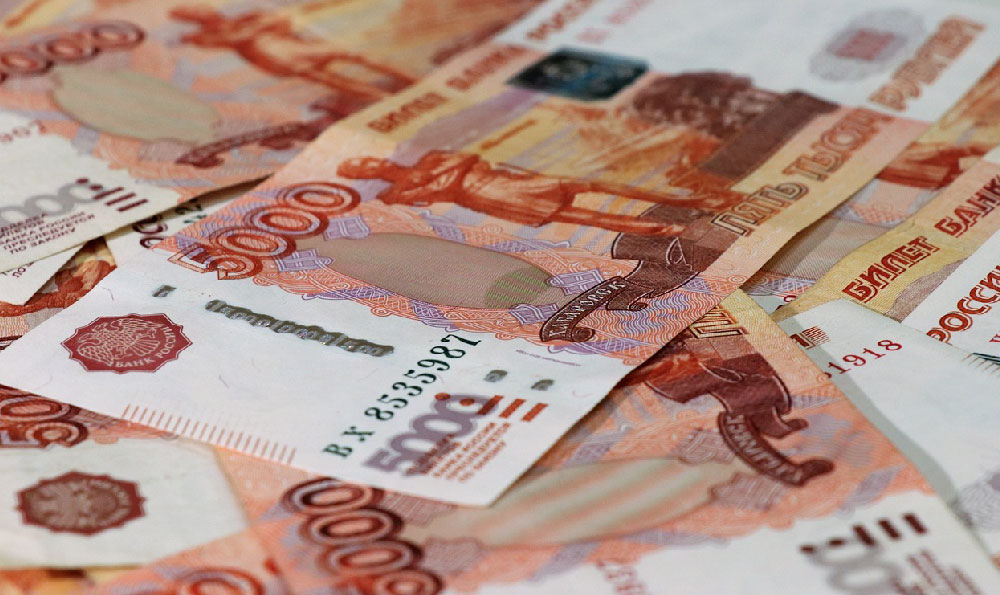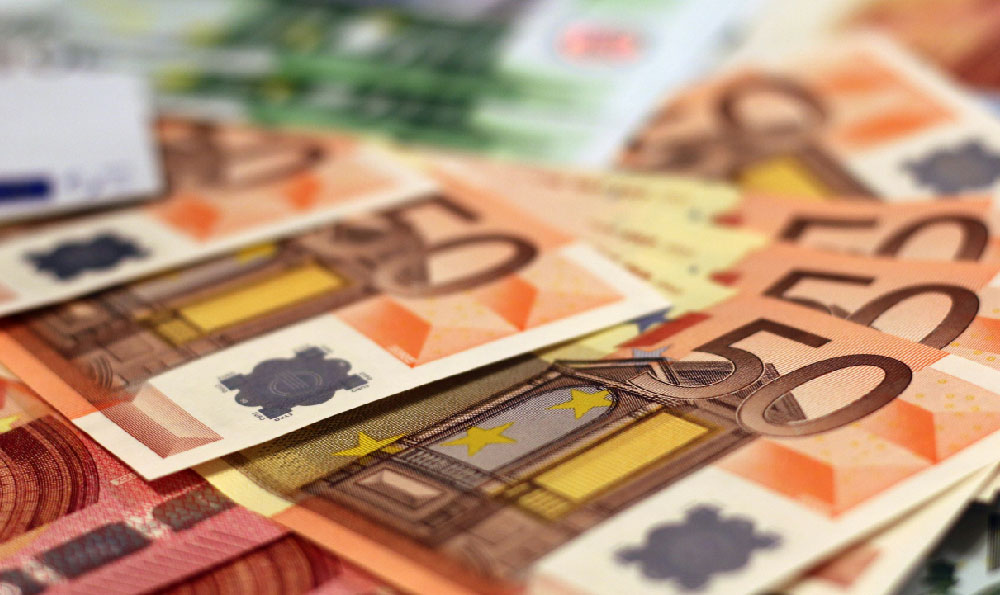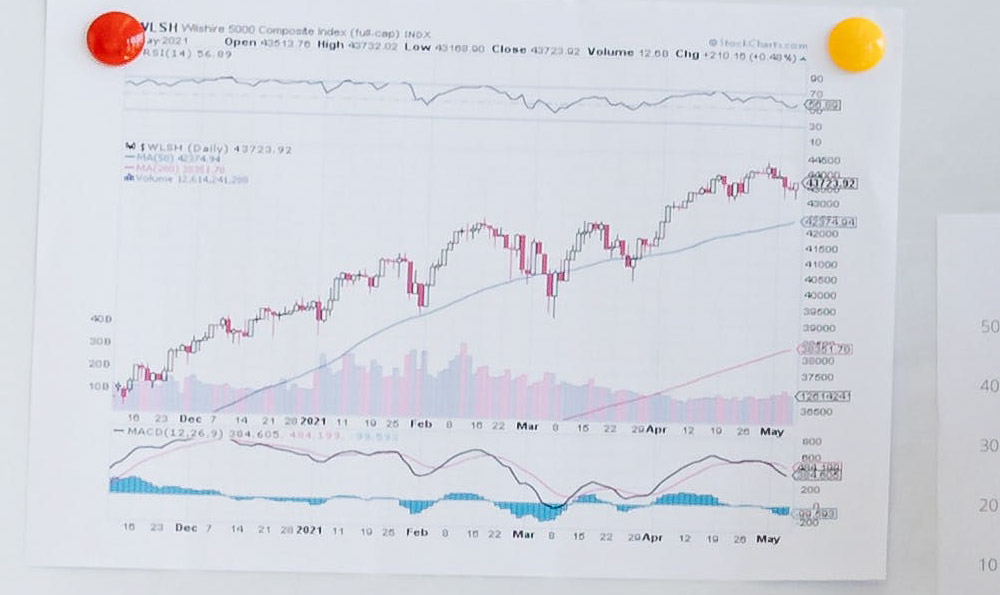How much did Baldur's Gate 3 earn, and what factors contributed to its financial success?
Baldur's Gate 3's financial performance has been nothing short of spectacular, establishing it as a major success story in the gaming industry. While exact revenue figures are closely guarded by Larian Studios and its parent company, we can reasonably estimate the game's earnings based on publicly available sales data, industry benchmarks, and Larian's own pronouncements. Estimates put the game's gross revenue well into the hundreds of millions of dollars, possibly even surpassing a billion, making it one of the most financially successful RPGs of all time.
Several key factors coalesced to fuel Baldur's Gate 3's impressive financial achievements. Crucially, the game benefited from the pre-existing popularity and legacy of the Baldur's Gate franchise. The original Baldur's Gate games, released in the late 1990s and early 2000s, are considered classics of the RPG genre and established a loyal fanbase eager for a modern iteration. This inherent brand recognition provided a significant head start compared to entirely new intellectual properties. Nostalgia, coupled with the promise of a faithful yet modernized adaptation of the Dungeons & Dragons 5th Edition ruleset, created a substantial level of pre-release hype and anticipation.
Beyond the franchise's legacy, Larian Studios' prior success with the Divinity: Original Sin series played a critical role. Divinity: Original Sin and its sequel were both critically acclaimed and commercially successful, establishing Larian as a developer capable of delivering high-quality, deep, and engaging RPG experiences. This track record instilled confidence in potential buyers that Baldur's Gate 3 would be a worthwhile investment, further boosting pre-orders and initial sales. Larian's commitment to player agency, complex character development, and intricate world-building, all hallmarks of the Divinity series, became associated with their brand and translated seamlessly to Baldur's Gate 3.

The development process itself contributed significantly to the game's eventual financial triumph. Larian adopted a lengthy early access period, allowing players to experience a significant portion of the game and provide feedback to the developers. This iterative approach allowed Larian to refine the game based on player input, addressing bugs, balancing gameplay mechanics, and incorporating suggestions for improvements. This process not only improved the overall quality of the game but also fostered a strong sense of community and engagement, further amplifying word-of-mouth marketing and driving sales. The active involvement of the player base in the development process created a sense of ownership and loyalty, transforming players into advocates for the game.
The quality of the game itself is undeniably the most crucial factor driving its financial success. Baldur's Gate 3 is a critically acclaimed masterpiece, praised for its deep and engaging gameplay, compelling story, memorable characters, stunning visuals, and unparalleled level of player choice. The game's adherence to the spirit of Dungeons & Dragons, combined with Larian's signature style of interactive storytelling, resonated deeply with both long-time fans of the franchise and newcomers to the genre. Reviews consistently lauded the game's depth, complexity, and replayability, solidifying its reputation as a must-play title. Positive reviews and widespread critical acclaim translated directly into strong sales and a growing player base.
Furthermore, the strategic timing of the game's release played a role. While facing some competition, Baldur's Gate 3 launched during a relatively quiet period for major game releases, allowing it to capture a larger share of the gaming audience's attention. This lack of direct competition, combined with the inherent appeal of the game, allowed it to stand out and attract a wider audience. The game also benefited from positive word-of-mouth spreading rapidly through social media and online communities, further fueling its popularity and driving sales.
Beyond the core game itself, Larian's post-launch support has also contributed to its ongoing financial success. Regular updates, bug fixes, and performance improvements have maintained player engagement and ensured a positive gaming experience. Larian's commitment to addressing player concerns and continually improving the game has solidified its reputation as a developer that values its community. This continued support encourages players to remain invested in the game and promotes positive word-of-mouth, ensuring its longevity and sustained financial success.
The decision to release the game on multiple platforms, including PC and PlayStation 5, broadened its reach and accessibility, further contributing to its financial performance. The PC version, available on platforms like Steam and GOG, catered to the traditional PC gaming audience, while the PlayStation 5 release introduced the game to a wider console audience. This multi-platform strategy maximized the game's potential reach and allowed it to tap into different segments of the gaming market, significantly boosting sales.
Finally, the absence of aggressive monetization strategies like loot boxes or pay-to-win mechanics has been praised by players and has contributed to the game's positive reception. Larian's focus on delivering a complete and satisfying gaming experience without resorting to predatory monetization practices has fostered goodwill and trust among players, further enhancing the game's reputation and driving sales. This commitment to player satisfaction has proven to be a successful business strategy, demonstrating that a quality product and a fair monetization model can lead to significant financial success. In essence, Baldur's Gate 3's financial success is a testament to the power of a well-crafted game, a dedicated development team, a supportive community, and a smart release strategy. It's a recipe for success that other developers will undoubtedly be looking to emulate in the years to come.















